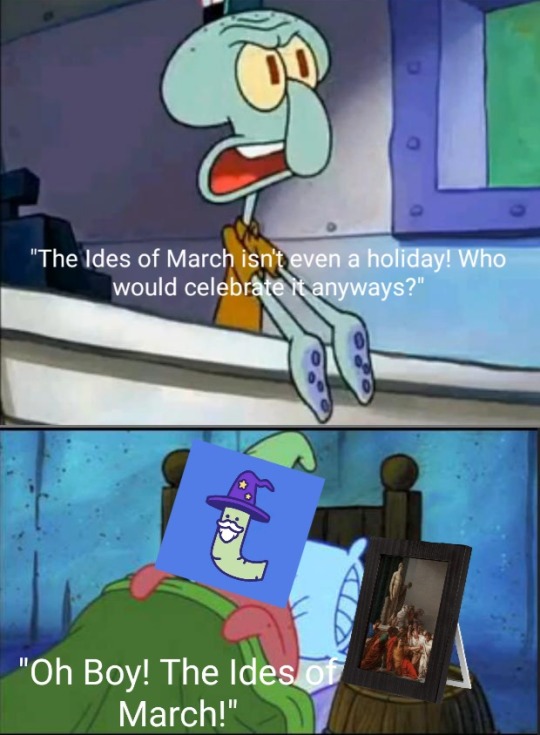Just a girl in Alaska, with her cats and dogs and goats and ducks and bees. My purely Star Wars side blog is https://whatispast.tumblr.com/
Last active 4 hours ago
Don't wanna be here? Send us removal request.
Photo




355K notes
·
View notes
Photo
Ah yes, the year we left our tree up a wee bit too long!

When you leave your Christmas tree up until March…
6 notes
·
View notes
Photo

You can only reblog this today.
1M notes
·
View notes
Text
Lady of shallot. Lady of onion. Lady of garlic. Lady of chives.
149K notes
·
View notes
Text
I stopped watching Ballykissangel after S3 (granted it was just the PBS reruns) but it kept going for three more series (and even killed off more characters).
4K notes
·
View notes
Text
HOW DID HE CARRY HER???
LIKE THIS???

Inquiring minds need to know!!!!!!!!!!!!!!!!!!
Every time I watch this particular scene...

I think how Tyler/the Hyde was deranged and obsessed with Wednesday! LOL
He WAITED for 1 or 2 hours for her to wake up. He let Laurel doing the handwork all by herself. HE WANTED TO BE THE FIRST PERSON she saw when she wakes up. And when she does, he's all smug and seductive. His face is so beautiful! He is so confident.
The icing on the cake: He was clearly teasing about the date and she thought he was talking about the torture! LMFAO
P.S: I'll never forgive them because they robbed us the scene which Tyler carries her from Nevermore to the Crypt and the scene which he chains her up.
75 notes
·
View notes
Text
I did. 😬
Am I supposed to be shipping Liam Neeson and Anakin’s mom or am I misreading the vibe lol
39 notes
·
View notes
Text
I miss tv in the 2010s every day. You could put anything on air and get a 22 episode order and a five season run. Once Upon a Time was on and it basically spit in your face and told you that Olaf the snowman was Emma's second great uncle twice removed and you just accepted it. Golden age of the silver screen
3K notes
·
View notes
Text
I’ve been thinking, for multiple months now, as Wednesday is a coming of age story, and Wednesday is growing up and learning how to relate to and love others:
What does Tyler offer Wednesday as a character that the other characters do not?
What can only he teach her, and what can she only learn from him?
26 notes
·
View notes
Text
So Tyler really was sent to horny jail last season, wasn’t he?
Liberate him Wednesday! You’re 18 now!

(Yes I’m reposting my post from WylerDefenders. Now with added meme! If I had the techno expertise, I would make these meme with Tyler and writers. But I don’t.)
#wyler#weyler#tyler galpin#we have a have maiden and a monster#how do you suppose this is going to end#the tension between does he want to eat her (cannibalism)#or does her want to eat her (erotic*lly)#the audience shouldn’t be able to tell
6 notes
·
View notes
Text
So I watched Wednesday out of order; I only saw bits and pieces of the first six episodes, but then sitting down and watching the second half of seven and all of eight with my father who was watching. I refrained from shipping until the very end, when I decided that it was Tyler who should be with Wednesday (obviously, lol!) When I went back and watched the first episode with that scene when they meet for the first time, I was shocked at how blatant it was. And the song from ep four, why would anyone choose that? ‘Common love isn’t for us/we created something extraordinary’ for a doomed teenage almost romance?

Reread the script draft and Weyler might really be endgame for real for real and I'm trying so hard not to be more delusional than I already am-
#wyler#weyler#I wouldn’t be surprised at all of at the end#they were telling this story to their children#like that episode of the sitcom
23 notes
·
View notes
Text
What’s a stereotypical food from ur culture that u absolutely love.
60K notes
·
View notes
Text

'The Beauty and the Beast' illustrated by Angela Barrett.
6K notes
·
View notes
Text



For @sherlolly-ily-fest ❤
128 notes
·
View notes


